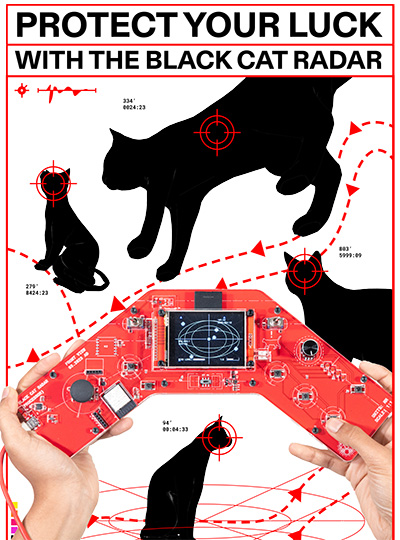![]()
2023
Portable
Black Cat Radar
Role:
Hardware, Interaction, Manufacturing
Collaborator, Researcher
Many of us have encountered the ideology that crossing the path of a black cat will bring calculated misfortune. If only there were a machine that could show you all the black cats in your vicinity, so you could avoid crossing their paths and protect your luck.


GOAL
To thread uncharted waters, cross disciplines, use my filter as a designer, maker, and thinker, bring a gadget from childhood fantasies to real life, to build it all from scratch by leveraging my background as an industrial designer and the power of genuine global collaboration.
To thread uncharted waters, cross disciplines, use my filter as a designer, maker, and thinker, bring a gadget from childhood fantasies to real life, to build it all from scratch by leveraging my background as an industrial designer and the power of genuine global collaboration.

Step 001:
Turn on BCR before leaving safe zone

Step 002:
Analyse your travel trajectory
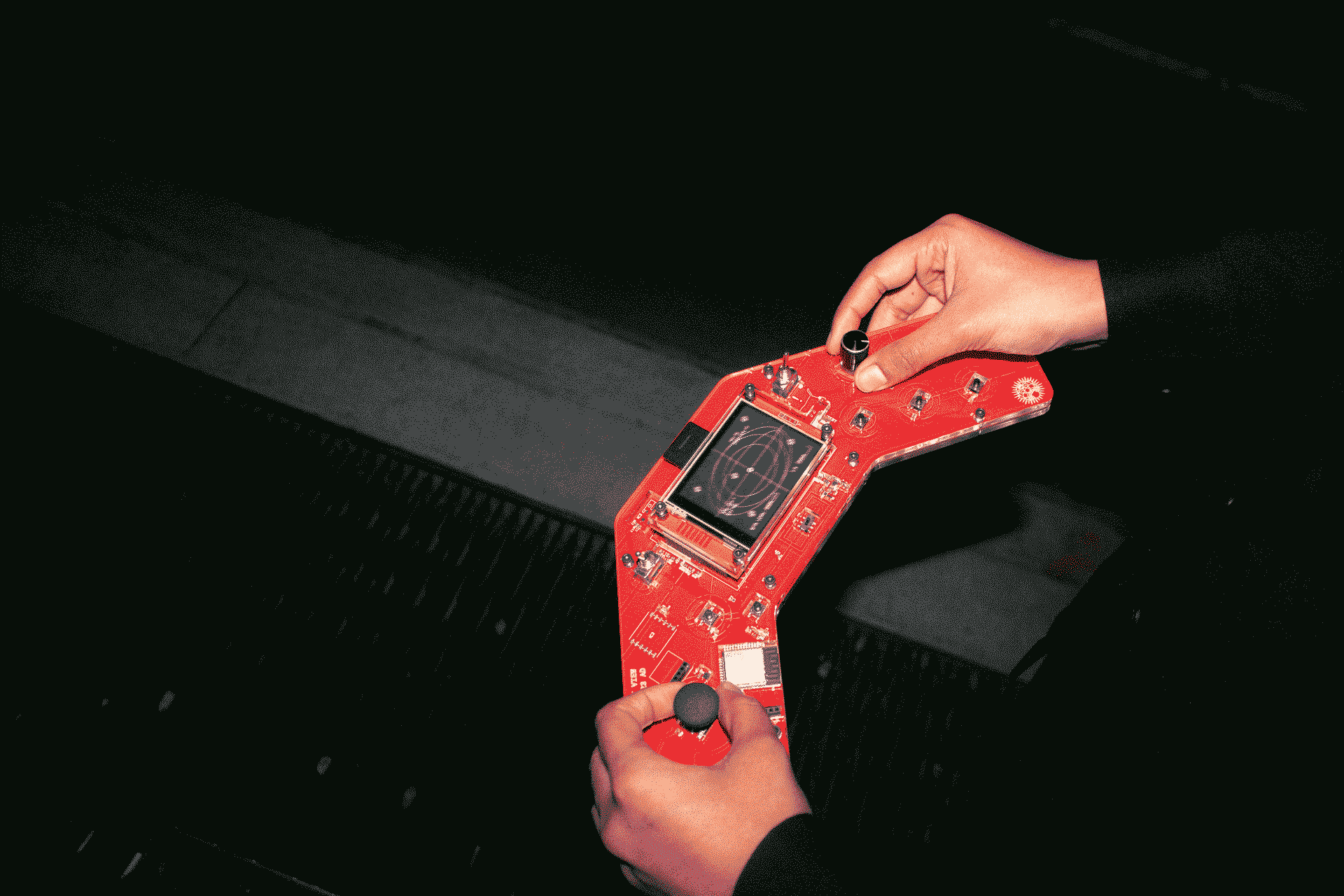
Step 003:
Walk while constantly assessing your risk level

Step 004:
Successfully dodge the path of the black cats, phew

Step 005:
Mission accomplished
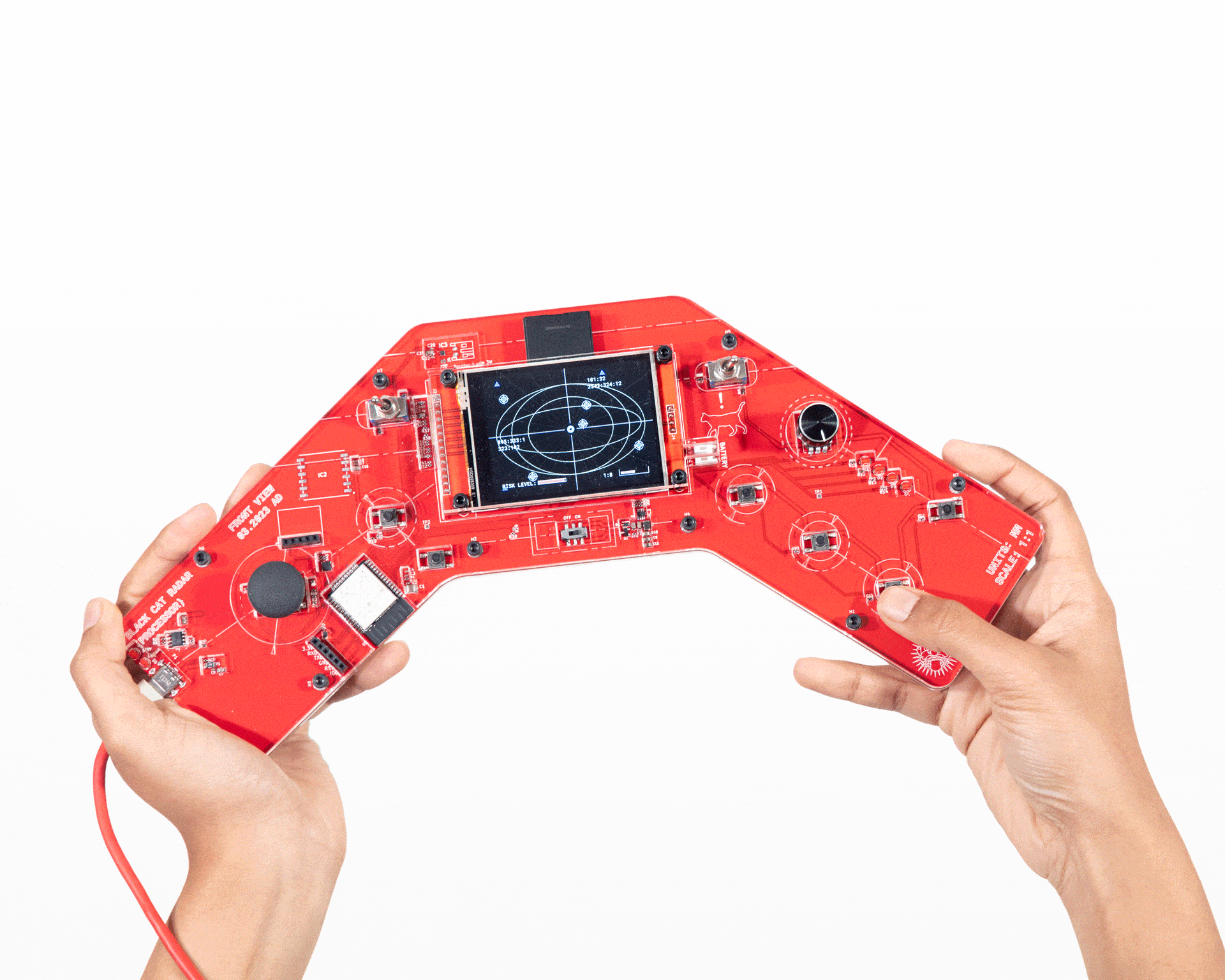
FIG 003: Using the Joystick, Knobs, Toggle switches, and Command Buttons
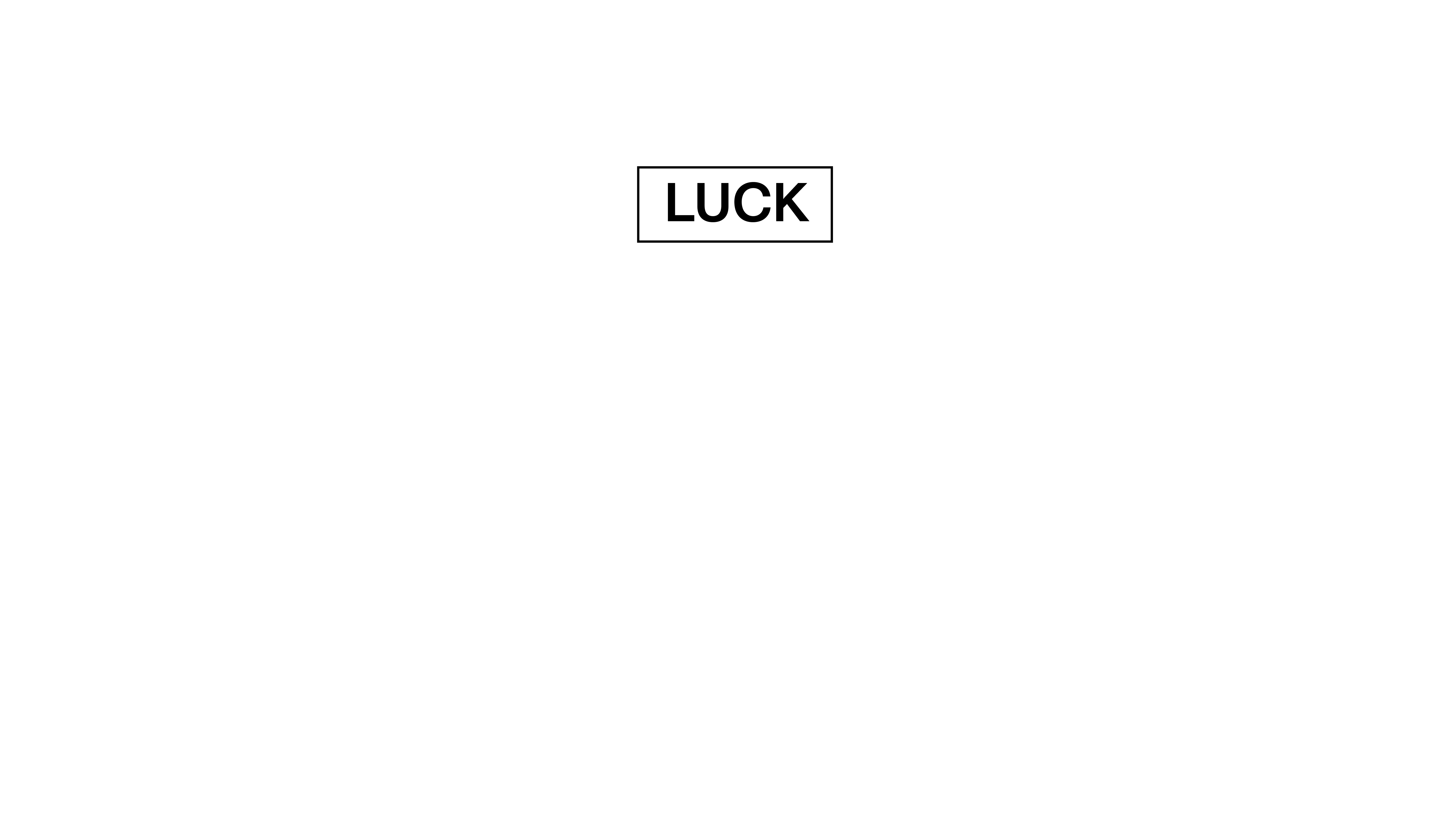

BREAKDOWN OF A SUPERSTITION
Research indicates that our relationship to thought frameworks, such as superstitious luck, is a uniquely human experience resulting from thousands of years of evolution.
It is part of the complex web of stories we tell ourselves as a species to conveniently situate ourselves in a reality we designed. This guides our imagination around the objects we choose to make and prioritize.


MACHINES THAT RESPOND TO SUPERSITIONS
In the larger sphere of the stories we tell ourselves, what if we use design and its language to probe deeper into these cognitions? What if we treat superstitions as ‘challenges’ worthy of commercial design intervention?
If industrial design grew in and around the priorities and belief systems of the part of the world where I grew up, the black cat radar would be an ‘obvious product.’


FIG 007. Prototyping 1


FIG 008. Prototyping 2
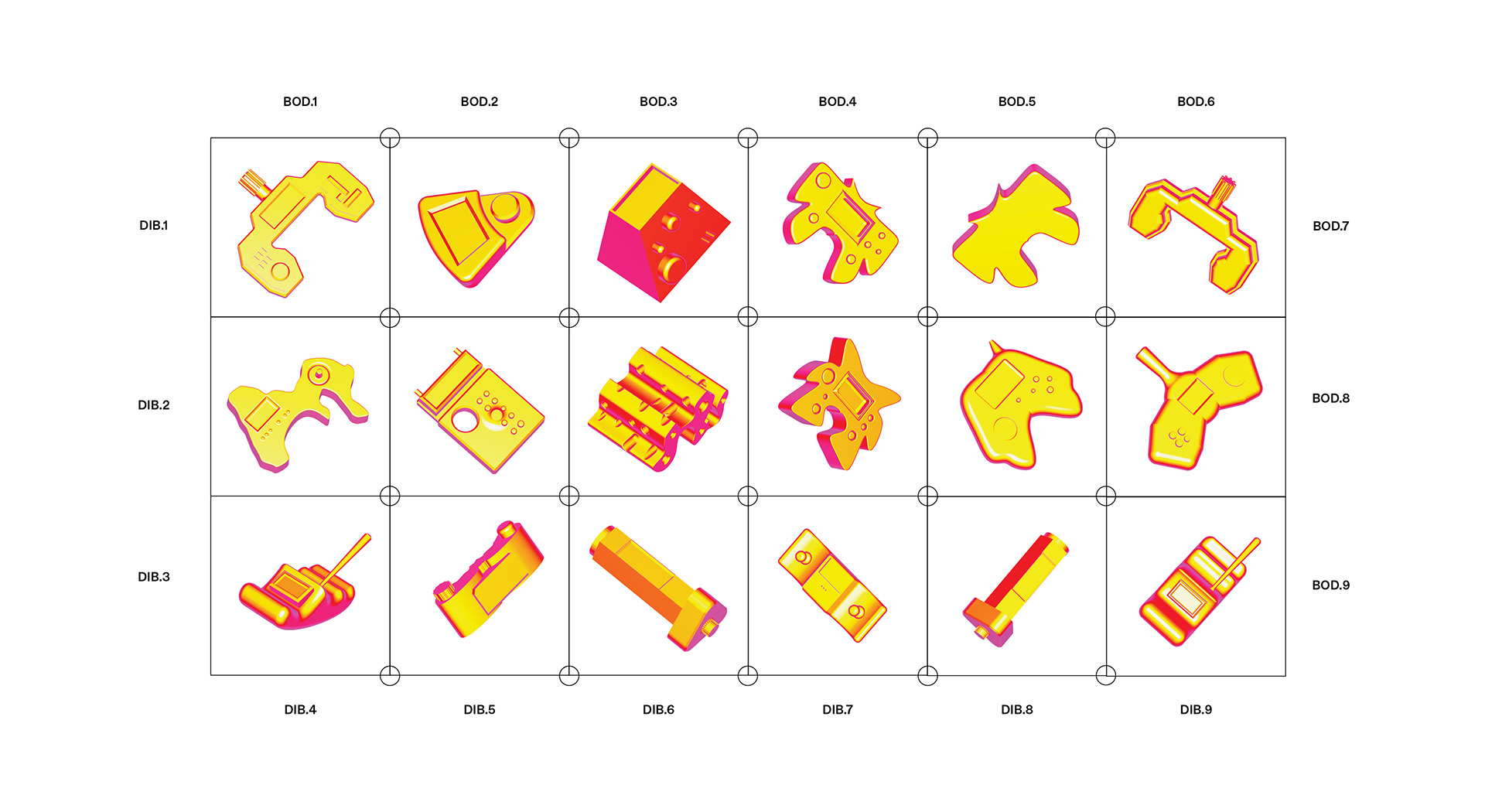
FIG 009. Prototyping 3
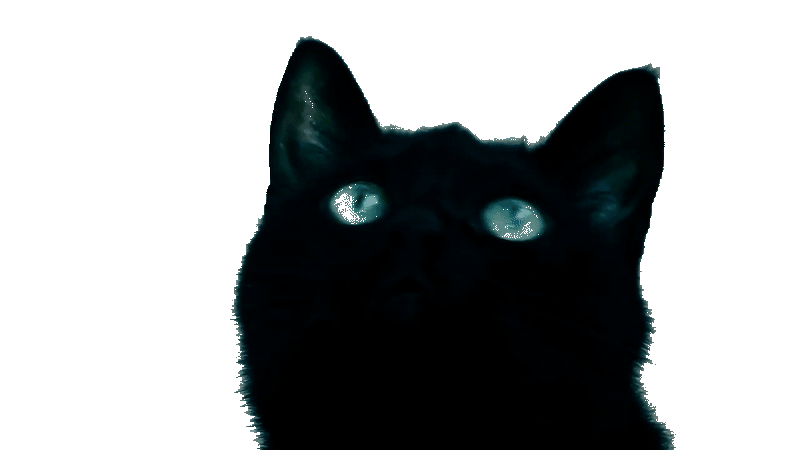
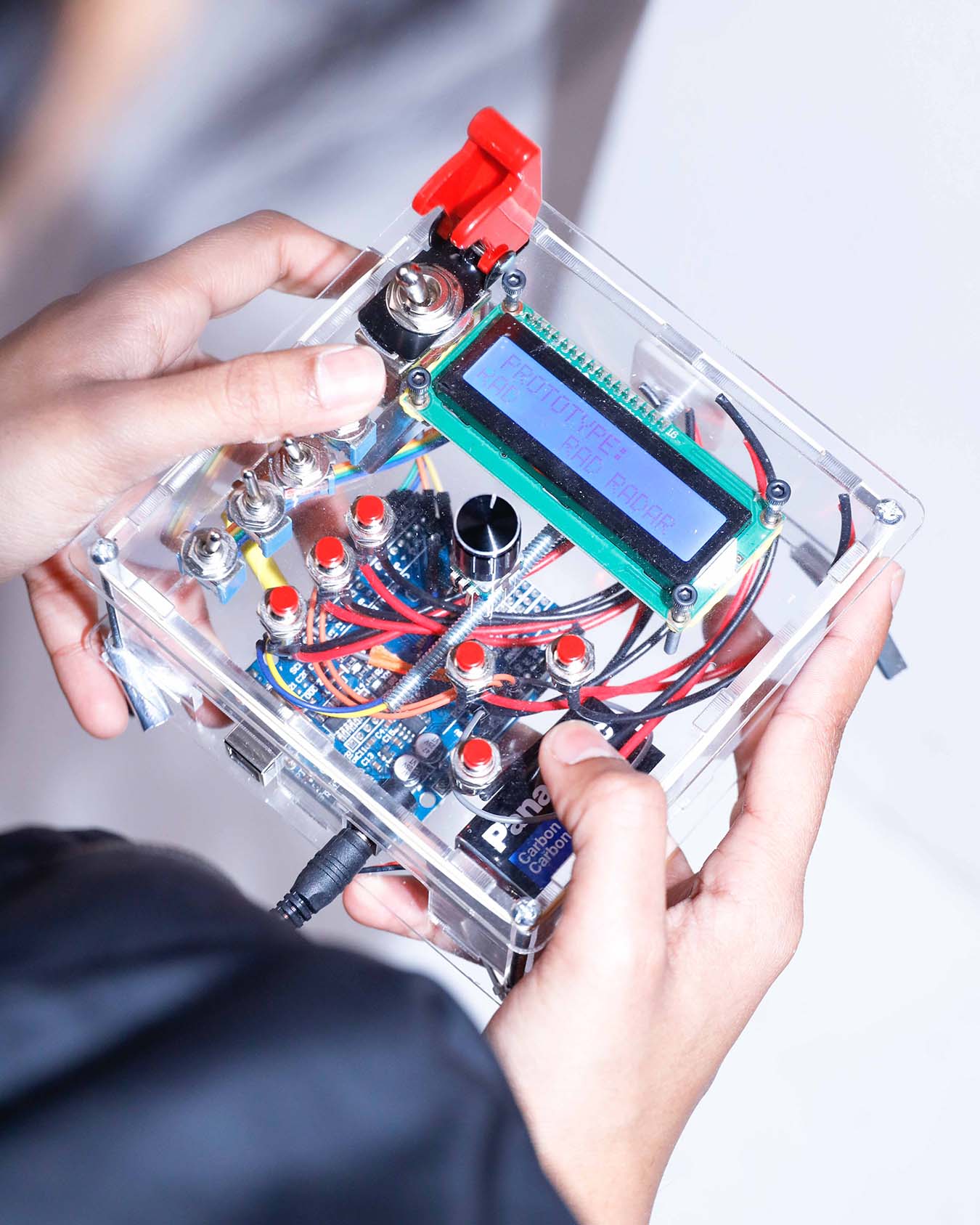

FIG 010. Hardware Sketches 1


FIG 011. Hardware Sketches 2






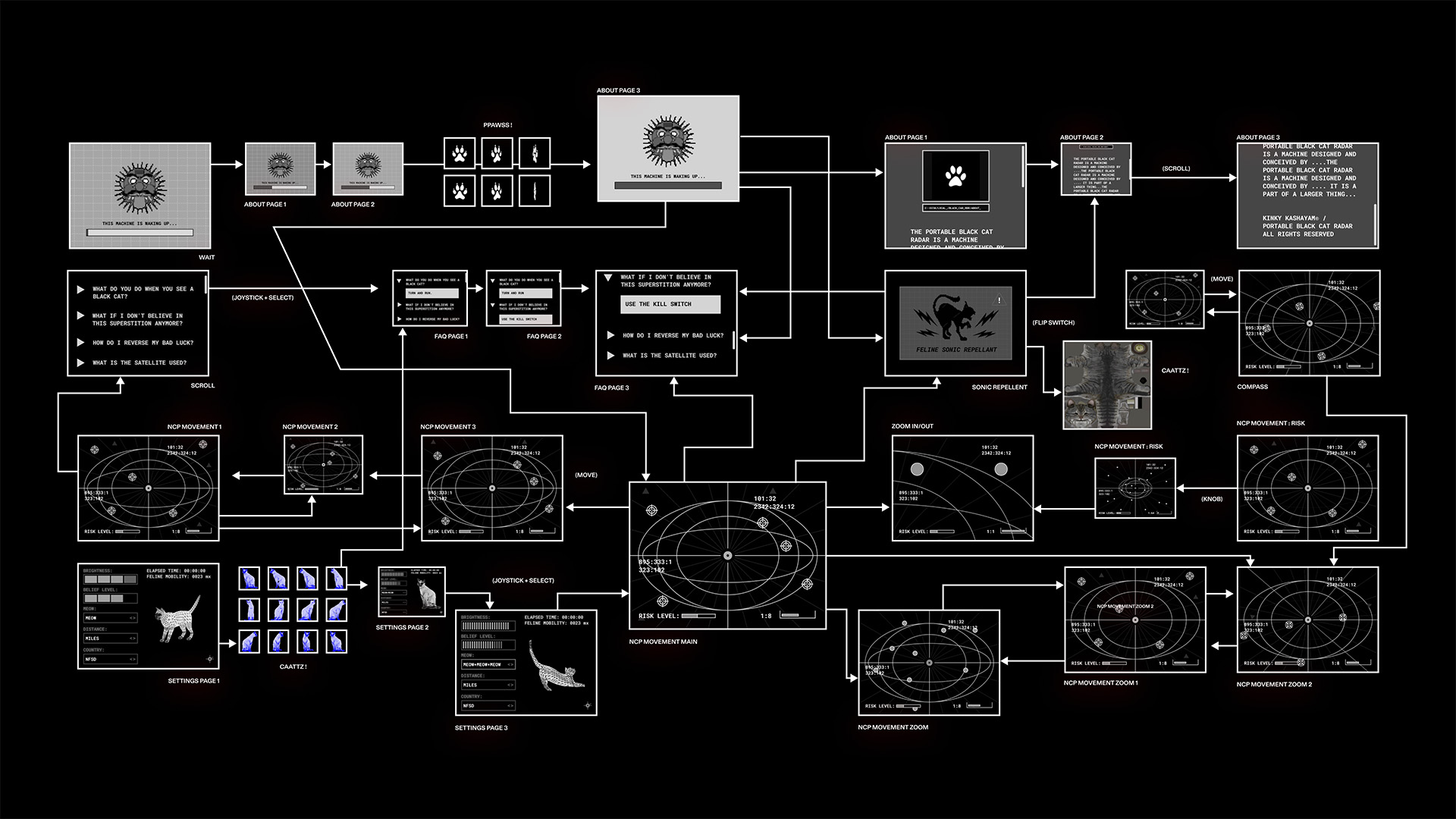
FIG 012: Human-Machine Interface Wireframe


ASSEMBLING THE TEAM
Coming up with the concept, visual language of the hardware, detailed plans for the operating software, and exact physical interaction moments, I needed to gather a team of experts to bring the ideas to life.
The power of the internet, cold messaging, and emailing gave me direct access to the global engineering and manufacturing community. After hundreds of failed attempts, I finally assembled my dream team - a group of passionate, generous, warm, and highly talented individuals who were excited to work with me.
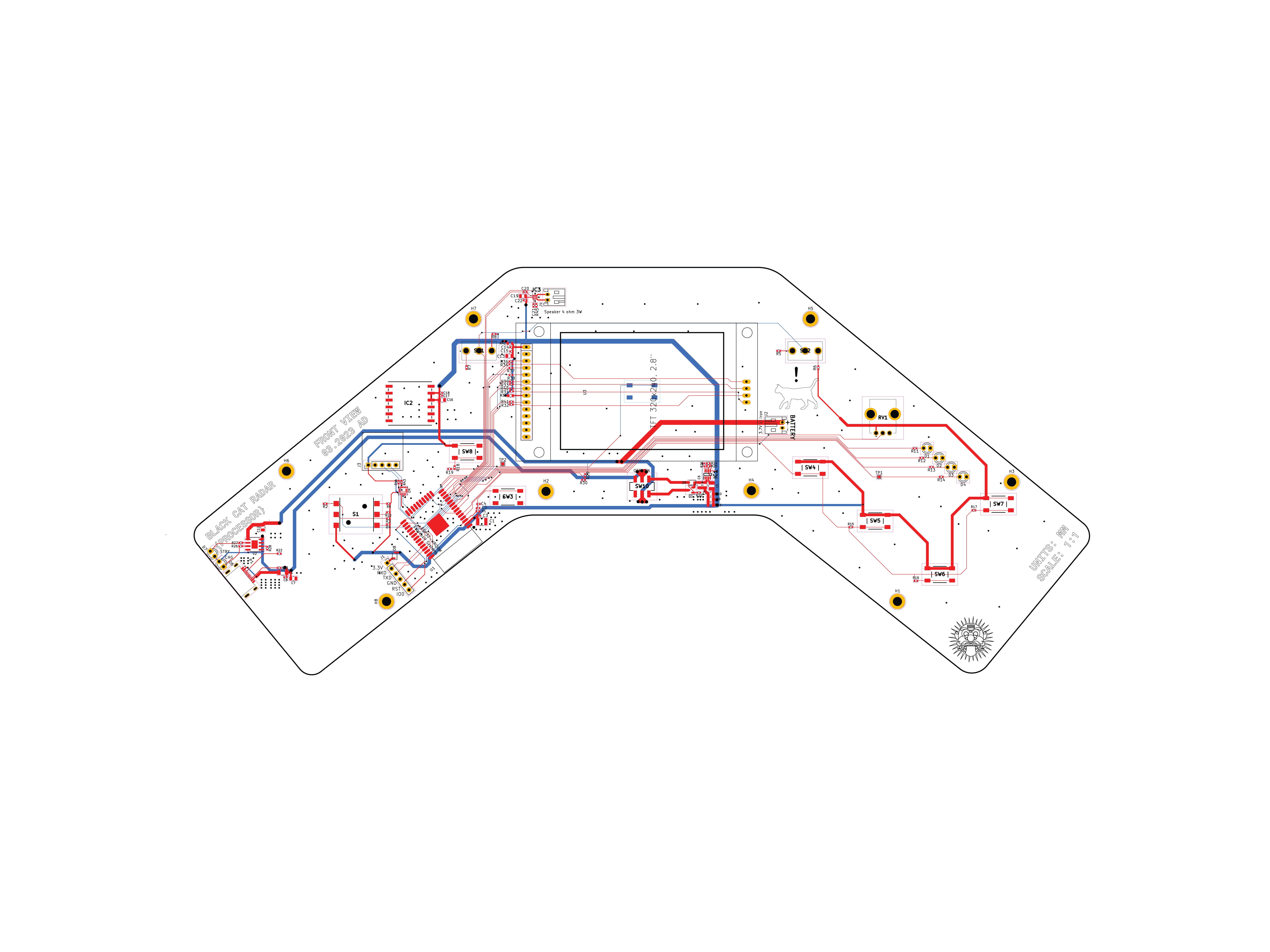
ENGINEERING
COLLABORATION
Over the course of 4 months, I directed a team of 4 professionals across UX design, software development, electronic engineering, and manufacturing to prepare a feasible MVP. However, constraints such as budget, programming difficulties, long development lead times, and a host of supply chain hiccups twisted and altered many of my original design decisions.
I held my ground on the most important features and accepted compromises for negligible ones to create the first-generation BCR.

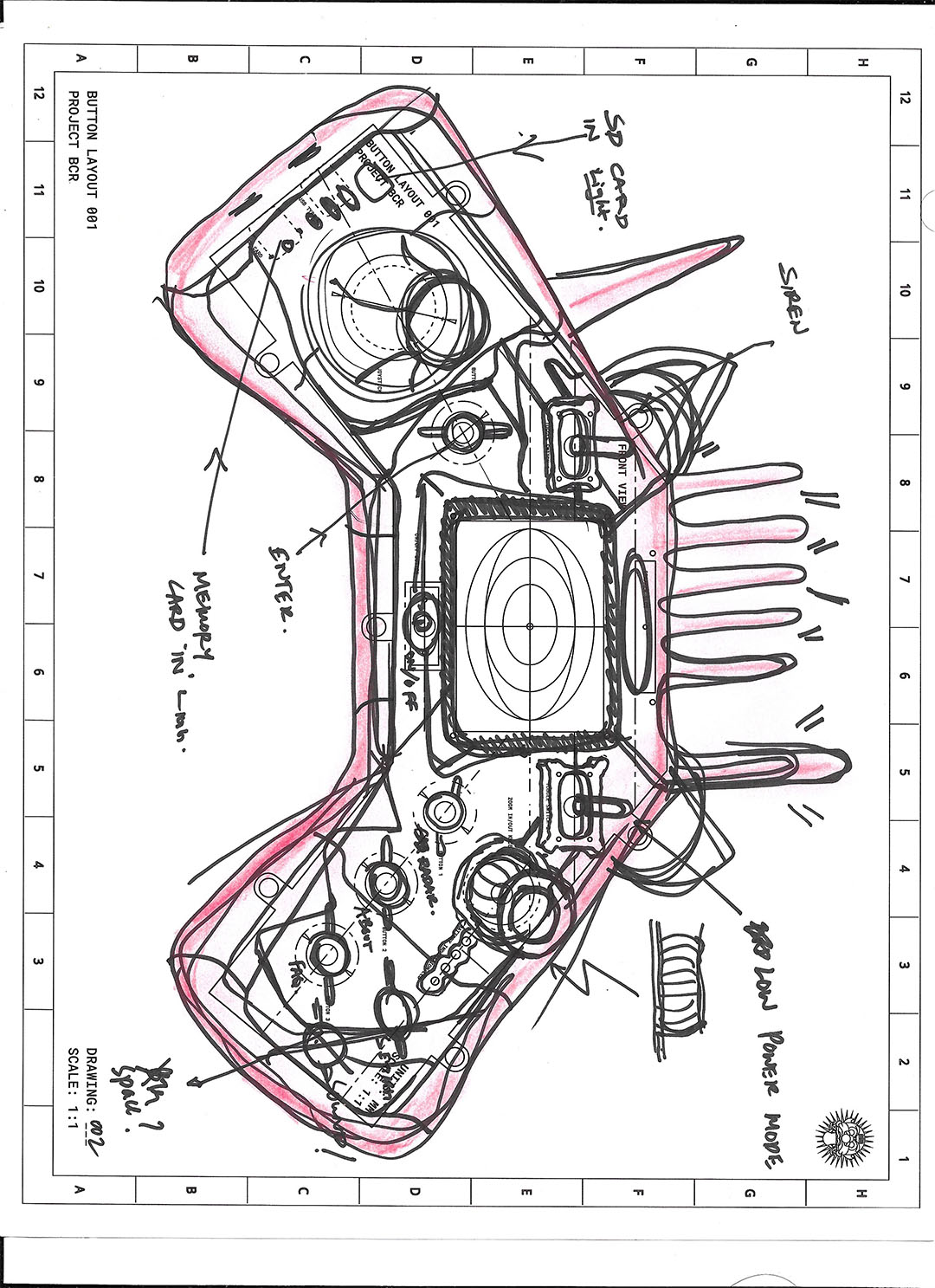
FIG 016: Enclosure Design
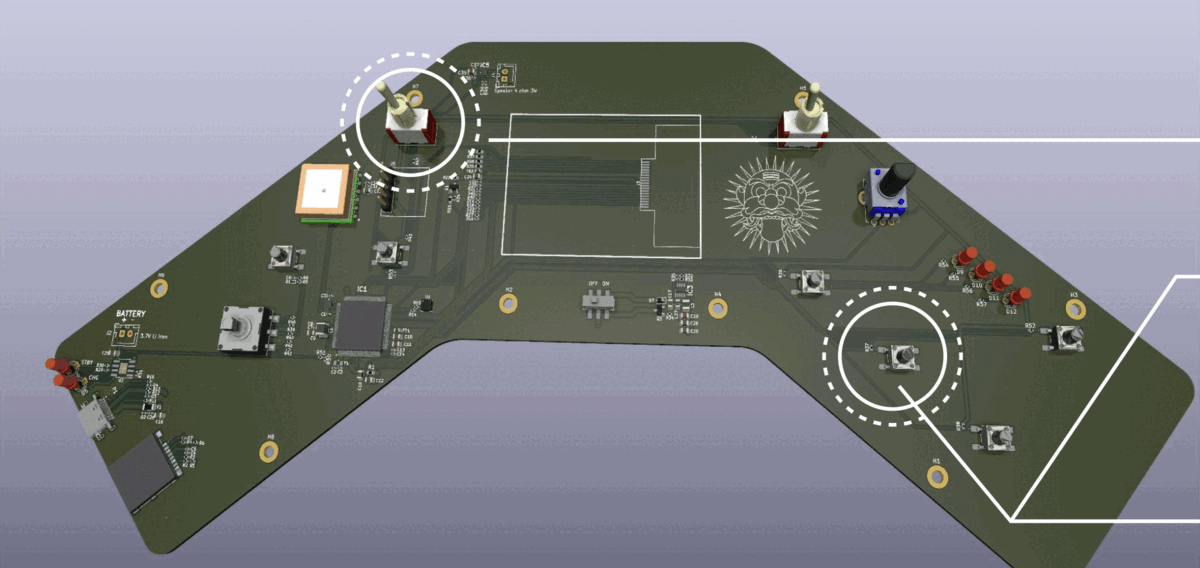


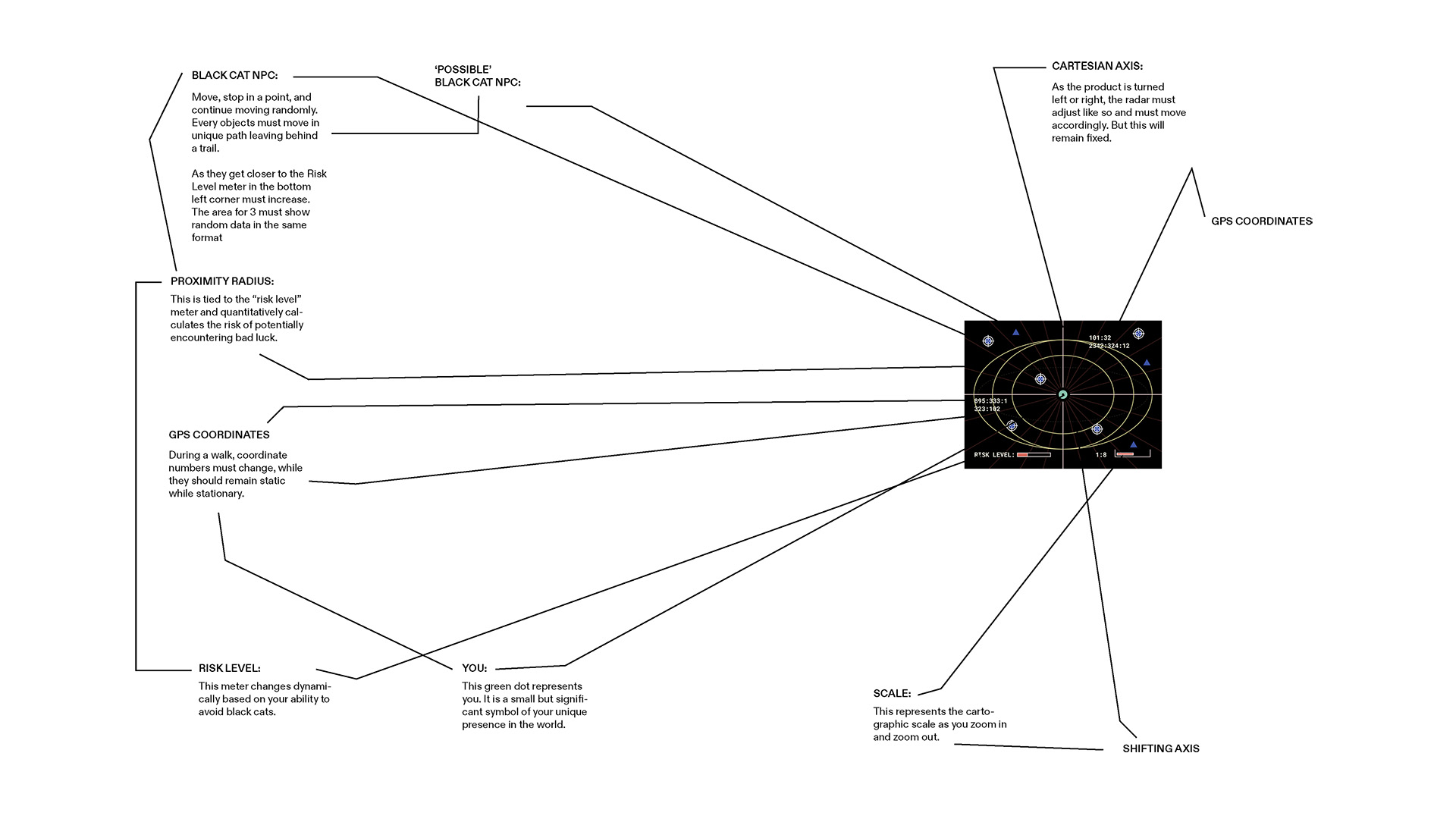


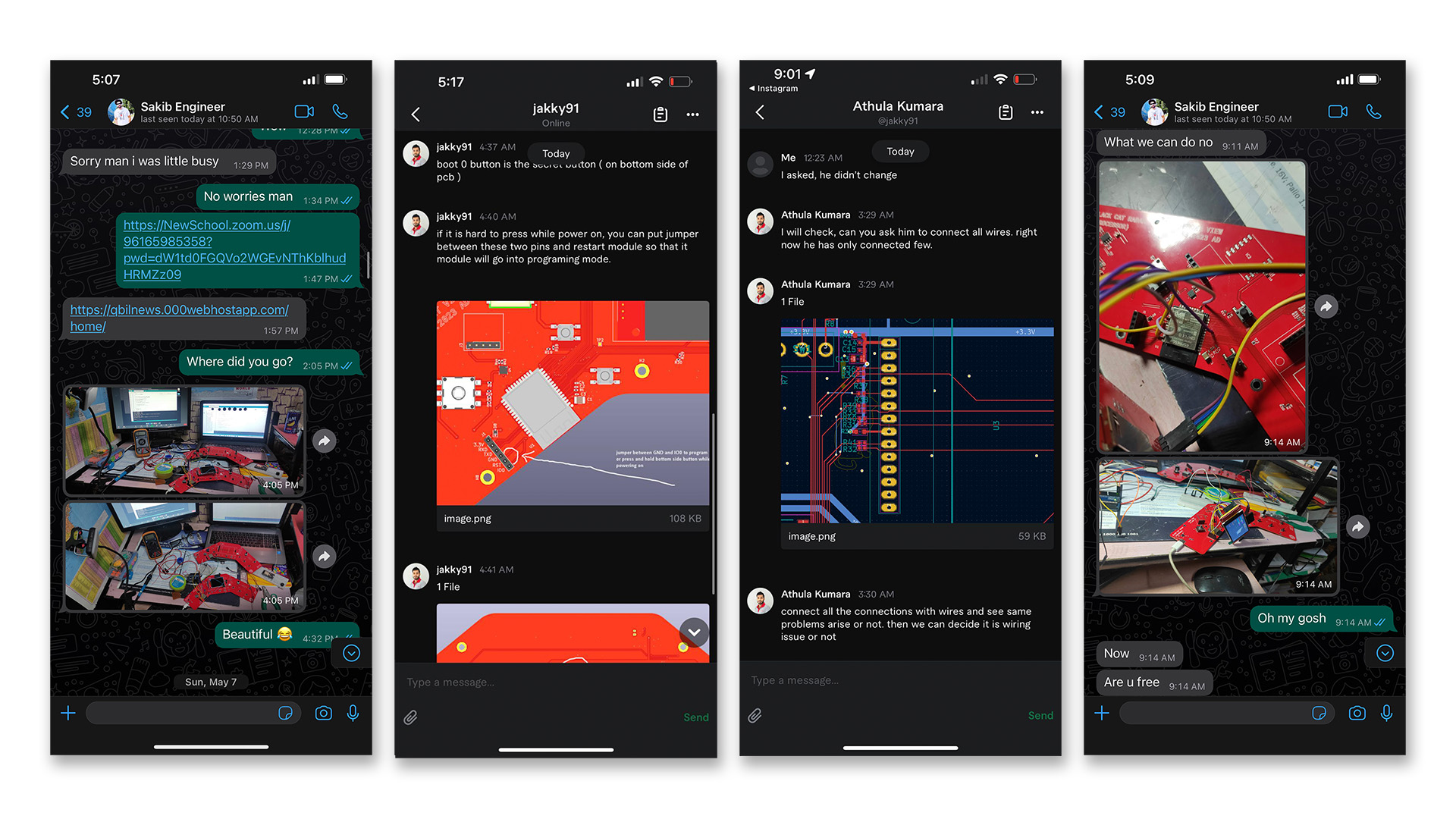
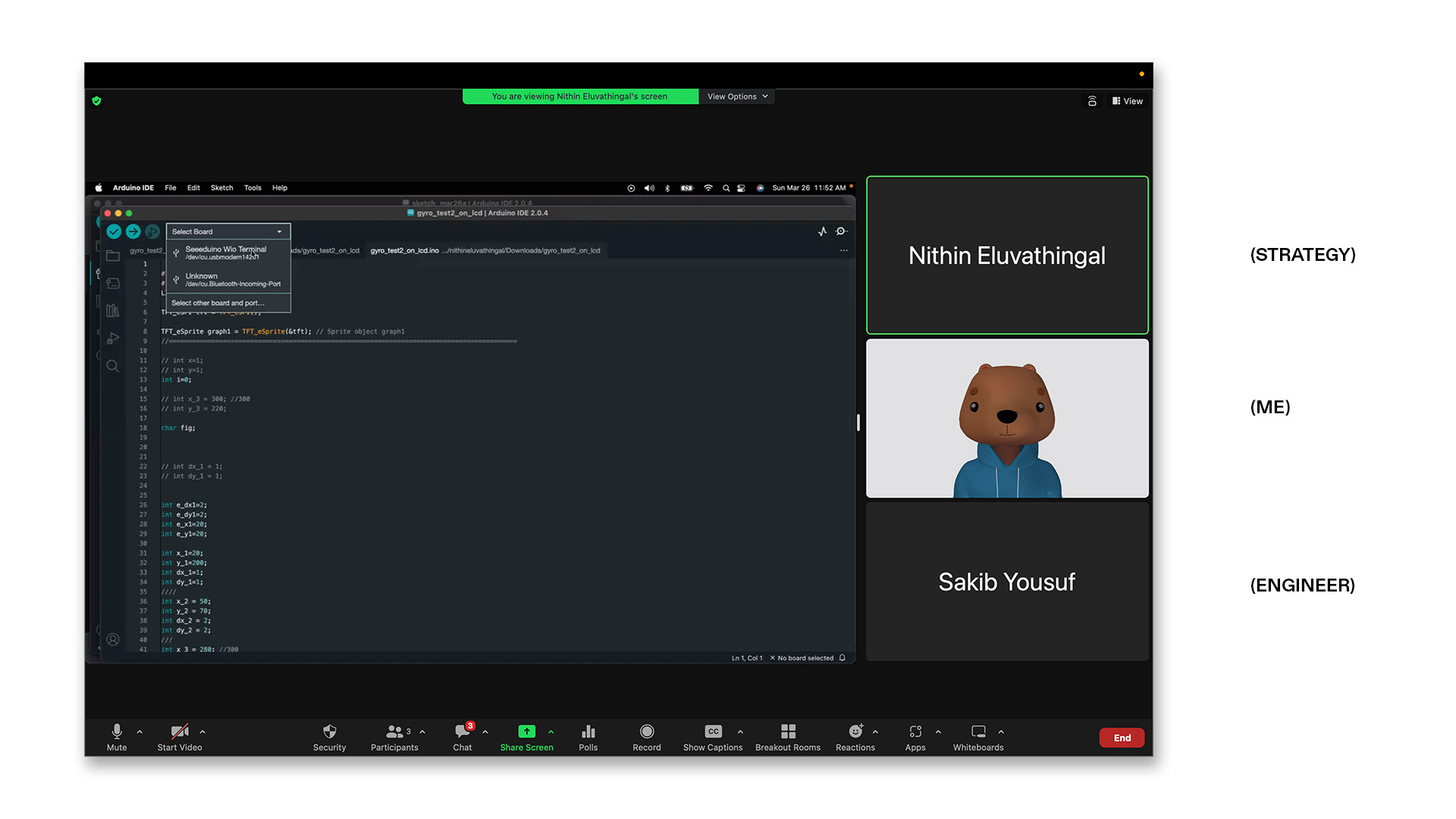
TRANSCONTINENTAL COMMUNICATION
After days of battling time zone differences, long debugging Zoom calls, and back-and-forth messages at midnight with some of the most passionate human beings I've ever met, I realized the beauty of existing with a creative force like no other.
The synchrony was pure, and the curiosity was genuine, allowing us to push through this self-paced, crazy passion project. The team members, hailing from 4 different parts of the world, became good friends, and now we send cat memes to each other every day.

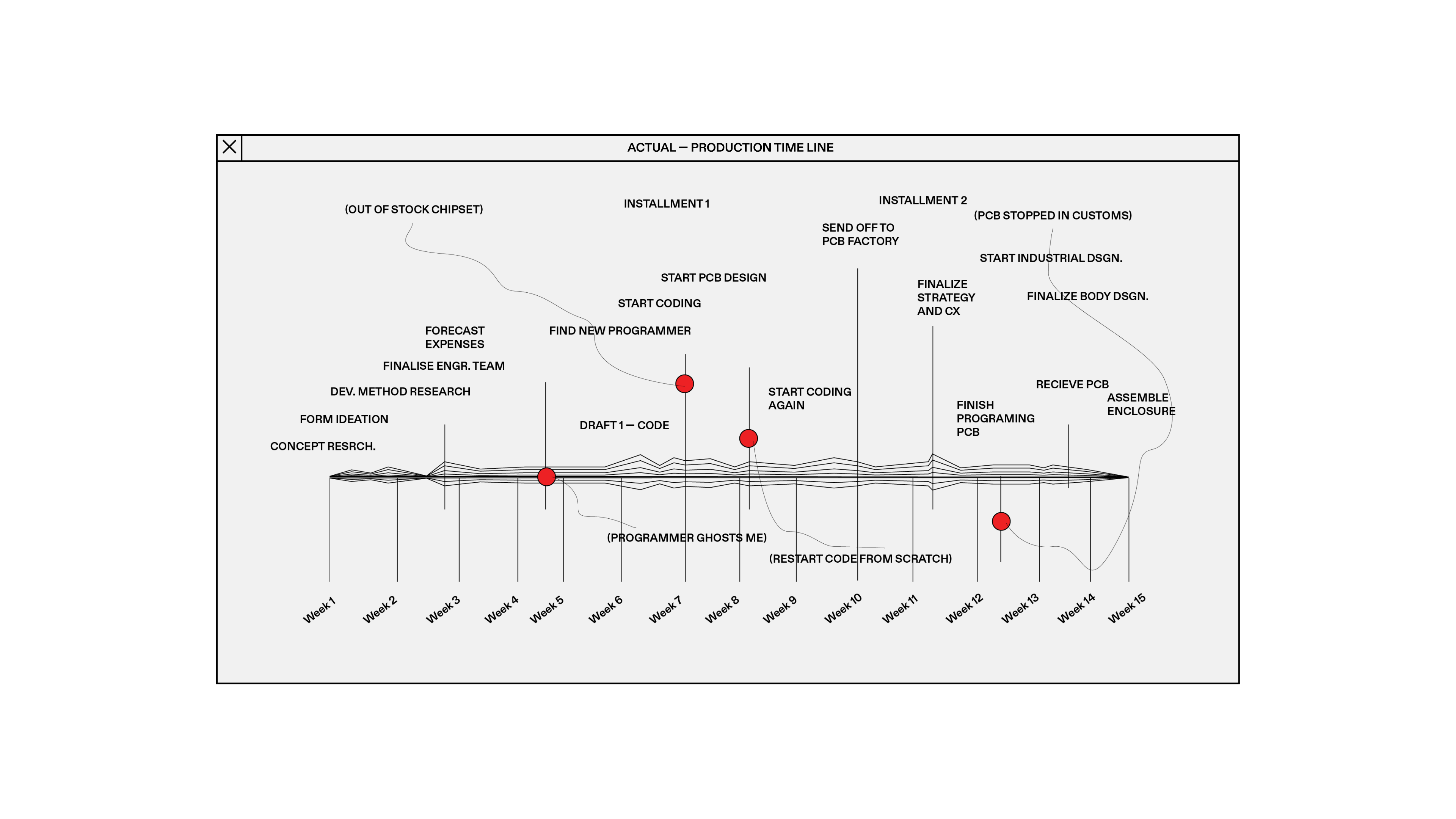


FIG 027: Evolution of Idea from Doodle to Machine




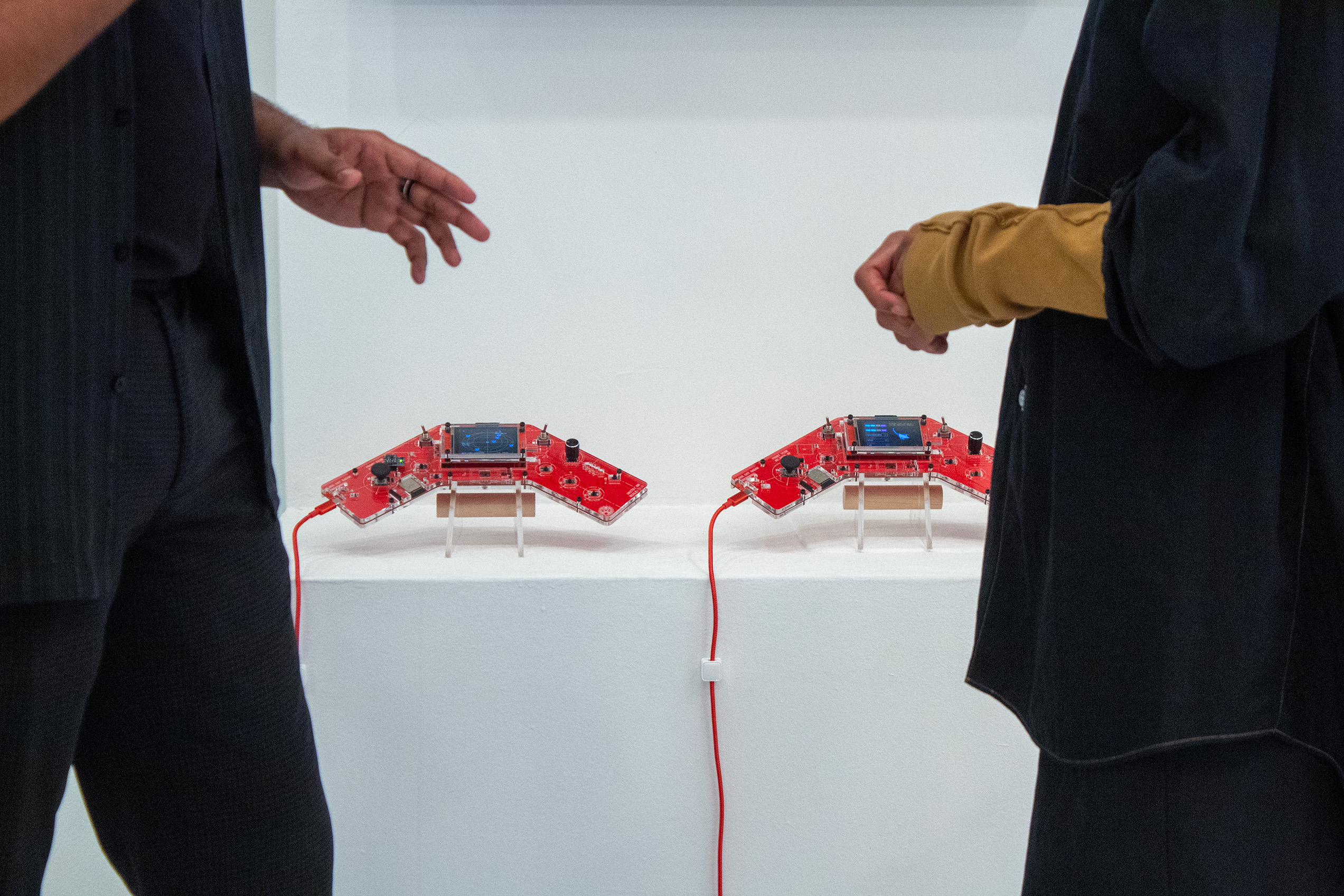
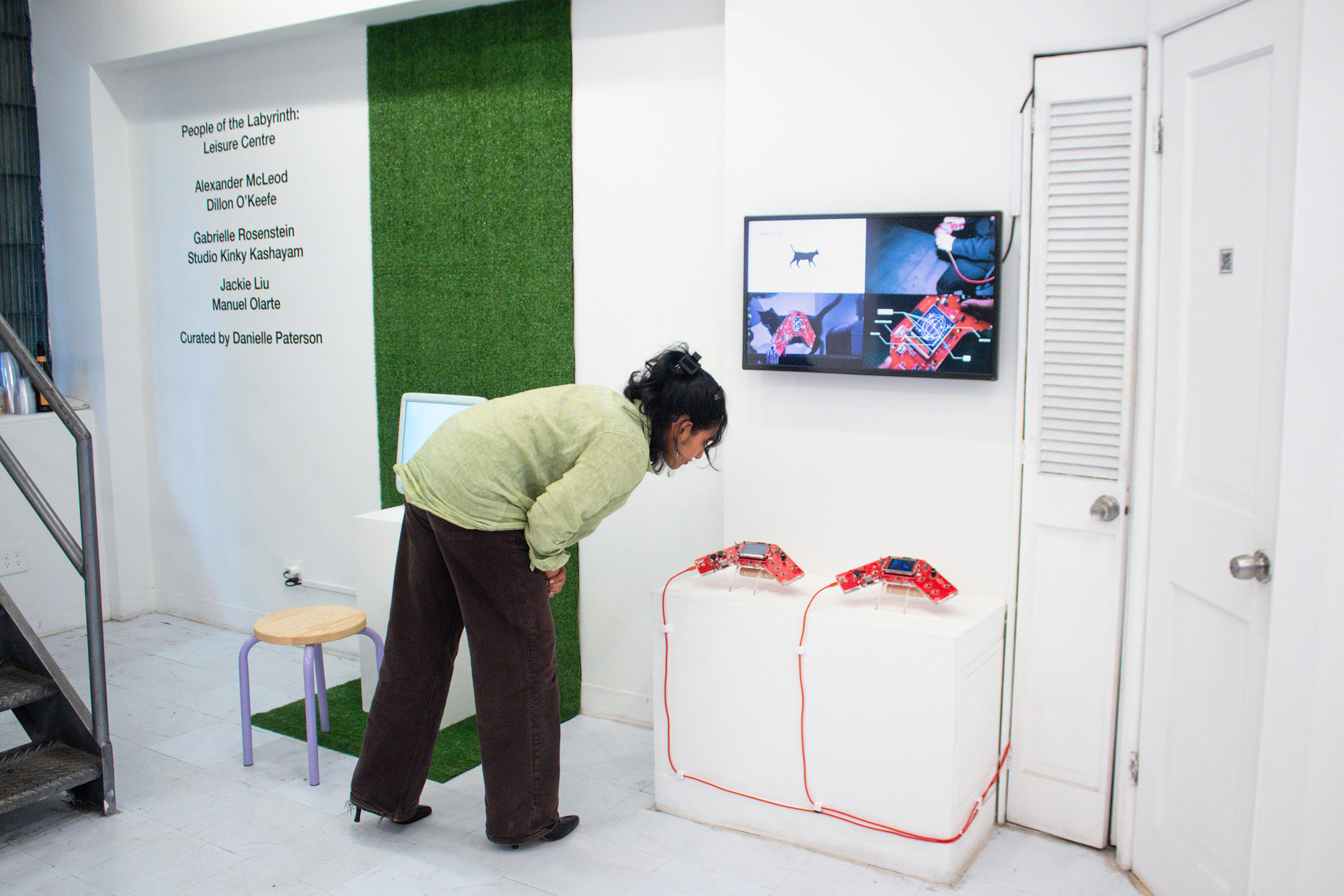
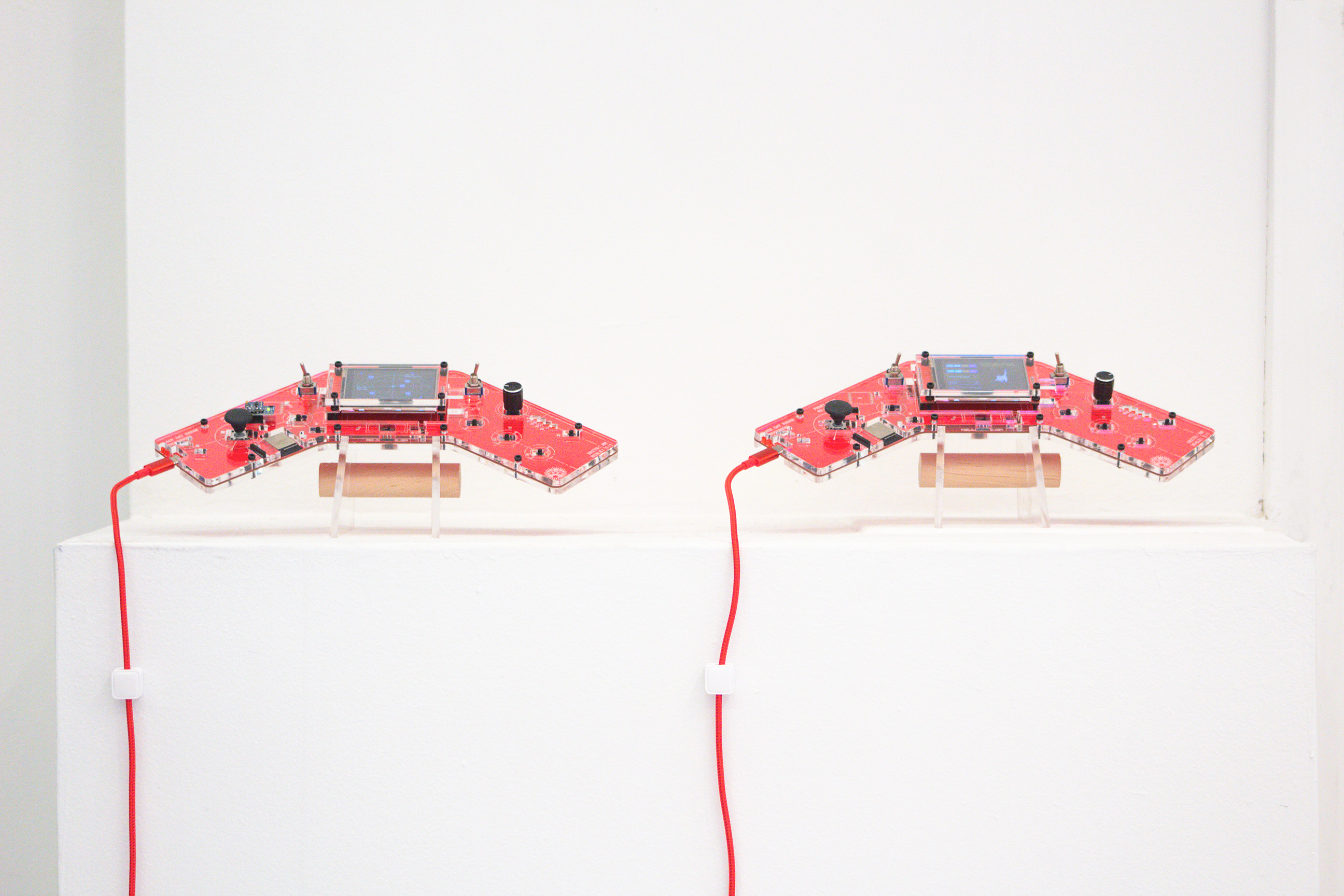
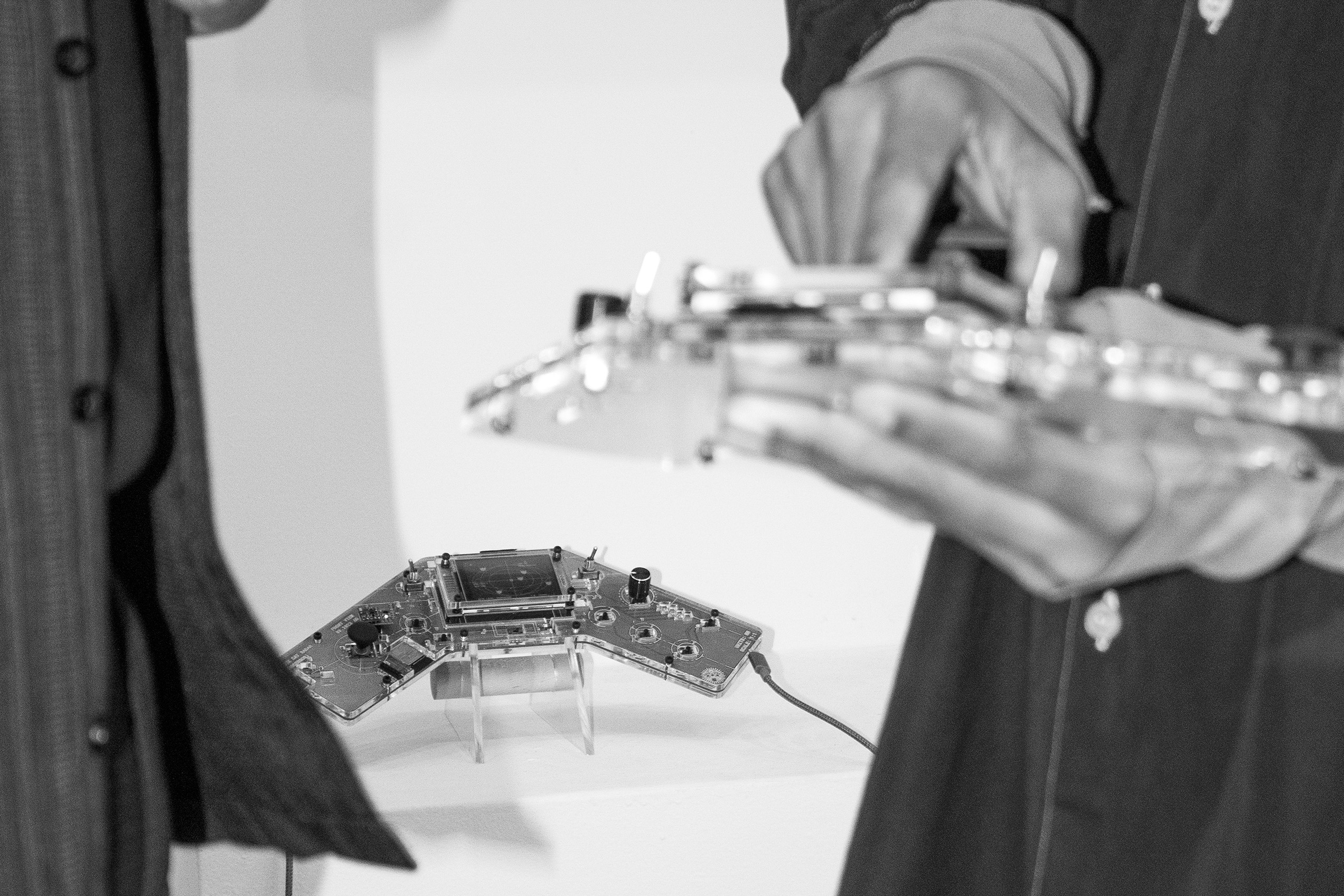
FIG 029: On View at Public Works Administration, New York, 2024
References:
1A Cyborg Manifesto. theanarchistlibrary.org
2Architecture, Hidden. “Dolphin Embassy.” Hidden Architecture, 21 Feb. 2016,
3Chiang, Ted. Exhalation. Picador, 2020.
4Girolami, Andrea. “Look Inside the Extremely Rare Codex Seraphinianus, the Weirdest Encyclopedia Ever.”
5“Humans Could Become Hyenas to Stomach Rotten Food.” Dezeen, 10 Feb. 2015
6Keats, Jonathon. “Was Modernism A South Asian Invention? A MoMA Exhibit Uncovers The Astonishing Architectural Inventiveness Of Midcentury India And Pakistan.” Forbes, Accessed 12 July 2023.
7Archigram Portfolio. Accessed 12 July 2023.
8“Project Cybersyn.” 99% Invisible, 4 Oct. 2016
9samvelasquez. “Co-Op Collectibles.” Urban Omnibus, 9 Jan. 2020
10“Seth Price - How to Disappear in America.” Printed Matter,
11Siddique, Haroon. “Luxembourg Aims to Be Big Player in Possible Asteroid Mining.” The Guardian, 3 Feb. 2016. The Guardian
12The Game Boy, a Hardware Autopsy - Part 1: The CPU [PART 2 OUT NOW!]. www.youtube.com
13“The Project of Independence: Architectures of Decolonization in South Asia, 1947–1985 | MoMA.” The Museum of Modern Art
14“Tomorrow’s Parties.” MIT Press, Accessed 12 July 2023.
15“Twelve Tomorrows.” MIT Press, Accessed 12 July 2023.
16“‘Vulva Spaceship’ Aims to Counter Prevalence of Phallic Spacecraft.” Dezeen, 3 Mar. 2022
17“Walter Pichler | MoMA.” The Museum of Modern Art, Accessed 12 July 2023.
1A Cyborg Manifesto. theanarchistlibrary.org
2Architecture, Hidden. “Dolphin Embassy.” Hidden Architecture, 21 Feb. 2016,
3Chiang, Ted. Exhalation. Picador, 2020.
4Girolami, Andrea. “Look Inside the Extremely Rare Codex Seraphinianus, the Weirdest Encyclopedia Ever.”
5“Humans Could Become Hyenas to Stomach Rotten Food.” Dezeen, 10 Feb. 2015
6Keats, Jonathon. “Was Modernism A South Asian Invention? A MoMA Exhibit Uncovers The Astonishing Architectural Inventiveness Of Midcentury India And Pakistan.” Forbes, Accessed 12 July 2023.
7Archigram Portfolio. Accessed 12 July 2023.
8“Project Cybersyn.” 99% Invisible, 4 Oct. 2016
9samvelasquez. “Co-Op Collectibles.” Urban Omnibus, 9 Jan. 2020
10“Seth Price - How to Disappear in America.” Printed Matter,
11Siddique, Haroon. “Luxembourg Aims to Be Big Player in Possible Asteroid Mining.” The Guardian, 3 Feb. 2016. The Guardian
12The Game Boy, a Hardware Autopsy - Part 1: The CPU [PART 2 OUT NOW!]. www.youtube.com
13“The Project of Independence: Architectures of Decolonization in South Asia, 1947–1985 | MoMA.” The Museum of Modern Art
14“Tomorrow’s Parties.” MIT Press, Accessed 12 July 2023.
15“Twelve Tomorrows.” MIT Press, Accessed 12 July 2023.
16“‘Vulva Spaceship’ Aims to Counter Prevalence of Phallic Spacecraft.” Dezeen, 3 Mar. 2022
17“Walter Pichler | MoMA.” The Museum of Modern Art, Accessed 12 July 2023.
Team:
Shashwath Santosh, Designer & Director, USA
Krithi Nalla, Creative Technologist, USA
Nithin Dony, Business Strategy, Canada
Sakib Yousef, Software Engineer, India
Athula Kumara, Electronic Engineer, Australia
Catherine Yang, Factory Rep, China
Special Thanks To:
Ari Elefterin, Design Consultant, USA
Chintan Sawla, Software Consultant, USA
Featured:
Dezeen, London, 2023
Yanko Design, New York, 2023
MOLD Magazine, New York, 2023
Creative Applications Network, Berlin, 2023
Hackster.io, San Francisco, 2023
Leisure Center, Public Works Administration, New York, 2024
![]()
Shashwath Santosh, Designer & Director, USA
Krithi Nalla, Creative Technologist, USA
Nithin Dony, Business Strategy, Canada
Sakib Yousef, Software Engineer, India
Athula Kumara, Electronic Engineer, Australia
Catherine Yang, Factory Rep, China
Special Thanks To:
Ari Elefterin, Design Consultant, USA
Chintan Sawla, Software Consultant, USA
Featured:
Dezeen, London, 2023
Yanko Design, New York, 2023
MOLD Magazine, New York, 2023
Creative Applications Network, Berlin, 2023
Hackster.io, San Francisco, 2023
Leisure Center, Public Works Administration, New York, 2024
